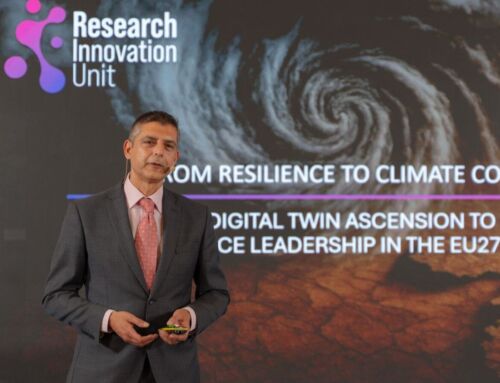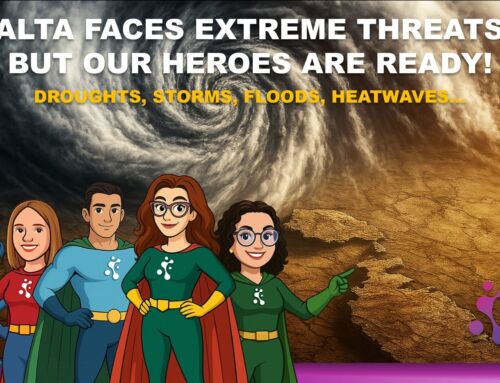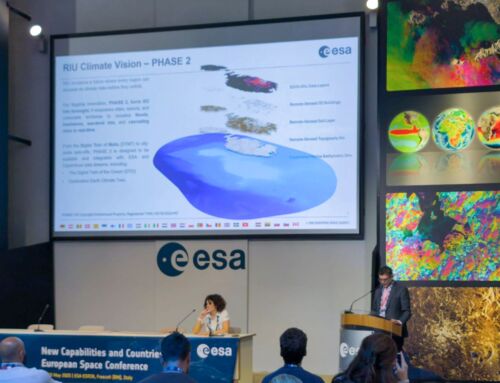In the first part of this editorial, we explored Hurricane Milton’s rapid intensification, its devastating landfall in Florida, and the subsequent destruction caused by tornadoes. We also looked at the role of the current ENSO state. We compared Milton with recent Mediterranean storms such as Helios and Daniel. In this second segment, we will delve deeper into the broader implications of these extreme weather patterns, how ENSO influences regional climates globally, and what it means for climate resilience in vulnerable regions like Malta.
Broader Implications for Climate Adaptation Strategies
The rising frequency and intensity of storms like Milton demand rethinking global climate adaptation strategies. The traditional approach focused on infrastructure hardening, evacuation planning, and emergency response. However, as the impacts of climate change accelerate, there is a need to adopt more nuanced strategies that incorporate predictive modelling, climate-resilient urban planning, and ecosystem-based solutions.
Hurricane Milton, with its unprecedented path of destruction, is a case in point. Its rapid escalation, fuelled by hot sea surface temperatures, highlights how conventional the reality of climate change can outpace storm forecasting. Although meteorological agencies like the National Hurricane Center (NHC) have improved their prediction capabilities, the speed at which Milton intensified caught many off-guard. This underlines the need for better integrating climate data into disaster preparedness and response protocols, particularly ENSO forecasts.
The ENSO’s Ripple Effect: Mediterranean Vulnerabilities
The influence of ENSO extends far beyond the Atlantic. During La Niña periods, the typical weather patterns in Europe and the Mediterranean shift significantly. La Niña tends to strengthen the Azores High, a semi-permanent atmospheric high-pressure system in the North Atlantic, which affects the positioning of the jet stream. This can increase storm activity in the Mediterranean region, making countries like Malta, Italy, and Greece more susceptible to intense rainfall and coastal flooding.
Both Storm Helios and Daniel were prime examples of this phenomenon. As the Azores High shifted, it created a pathway for cooler air from the north to interact with warmer Mediterranean waters, fuelling the development of these cyclones. For Malta, this shift in atmospheric patterns is a growing concern. The island’s small size and exposed coastline make it particularly vulnerable to storm surges and flash flooding, even from relatively weak systems.
A Future Shaped by ENSO Variability
The ENSO cycle has long been a driver of global climate variability, but its impacts are becoming more pronounced as the background climate warms. During El Niño phases, the Atlantic typically experiences fewer hurricanes due to increased wind shear. Conversely, La Niña phases, such as the one developing this year, tend to enhance hurricane activity in the Atlantic and contribute to more erratic storm patterns in the Mediterranean.
Being strategically located at the crossroads of these two major climatic influences, Malta must prepare for the increased volatility that comes with each ENSO phase. While the Mediterranean has traditionally been shielded from the most severe tropical storms, recent years have seen an uptick in Medicanes (Mediterranean hurricanes) like Helios and Daniel. The warming of the Mediterranean Sea is creating conditions similar to those in more tropical regions, making Malta’s infrastructure and coastal communities more exposed to extreme weather risks.
Learning from Milton: Strengthening Resilience
Hurricane Milton’s devastation provides valuable lessons for policymakers and urban planners in Florida and globally. Adaptive infrastructure needs, from elevated roads and storm surge barriers to resilient power grids, cannot be overstated. Florida’s recovery efforts are a testament to the importance of rapid mobilisation of resources and inter-agency solid coordination. FEMA’s deployment of over 5,000 personnel, alongside the National Guard and Coast Guard, helped mitigate the worst of the disaster’s impacts.
Regional cooperation and early warning systems will be crucial for Malta, which has more limited resources. Developing cross-border emergency response strategies with neighbouring countries like Italy and Tunisia could help pool resources and improve disaster readiness. Investments in flood defences and coastal protection measures, particularly around vulnerable areas like Valletta’s Grand Harbour, would further reduce the risk of catastrophic damage from future Medicanes.
Bridging the Gap Between Science and Policy
The scientific community has long warned of the increasing frequency and severity of extreme weather events due to climate change. What’s needed now is a more vital bridge between scientific research and policy implementation. The data from this year’s hurricane season and ENSO projections should be a clarion call for governments to accelerate climate adaptation measures. This includes incorporating ENSO forecasts into urban planning decisions, revising building codes to withstand stronger storms, and enhancing public awareness campaigns about the changing risks.
The critical challenge for Malta and other Mediterranean nations will be integrating these global climatic insights into local adaptation plans. The island’s urban centres are densely populated, and its critical infrastructure is concentrated along the coast. This makes it imperative for Maltese policymakers to adopt a proactive approach that combines traditional engineering solutions with nature-based defences, such as restoring coastal wetlands and protecting natural reefs.
The Road Ahead: Preparing for an Uncertain Future
The emergence of Hurricane Milton and the concurrent storms in the Mediterranean is a stark reminder that no region is immune to the effects of climate change. Whether it’s the Atlantic’s ferocious hurricanes or the Mediterranean’s growing number of Medicanes, the global community must prepare for a future where extreme weather events are more frequent, intense, and destructive.
With its strategic location and unique vulnerabilities, Malta is at the forefront of this new reality. It has the opportunity to become a leader in Mediterranean climate resilience, setting an example for other small island nations. By investing in robust early warning systems, enhancing regional cooperation, and implementing climate-adaptive infrastructure projects, Malta can mitigate the risks of a rapidly changing climate.
A Stormy Outlook
In conclusion, Hurricane Milton, alongside Helios and Daniel, underscores the pressing need to rethink how we approach climate resilience. The evolving ENSO state is just one piece of a much larger puzzle, and understanding its implications for the Atlantic and Mediterranean regions is critical. As climate change continues to reshape global weather patterns, the time for incremental adaptation has passed. What is needed now is transformative action that acknowledges the new reality of our changing climate and takes bold steps to protect the communities most at risk.
Malta, like Florida, must prepare for more storms like Helios and Milton. But with foresight, planning, and regional collaboration, it can turn these challenges into opportunities to build a safer, more resilient future for all.






